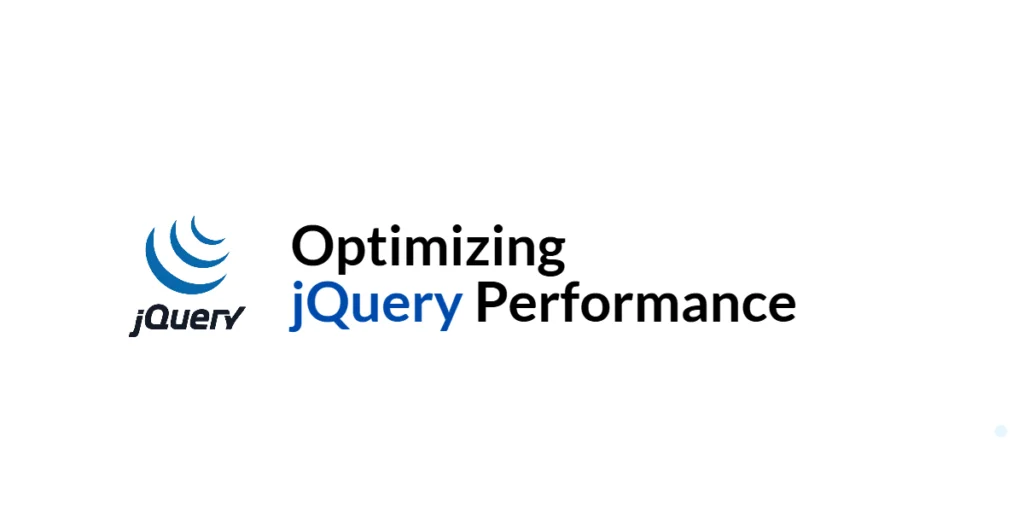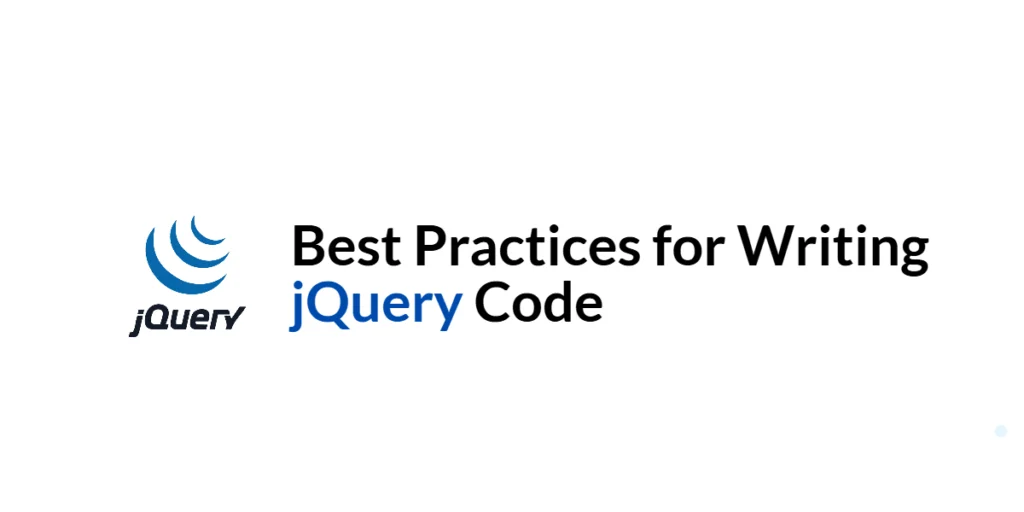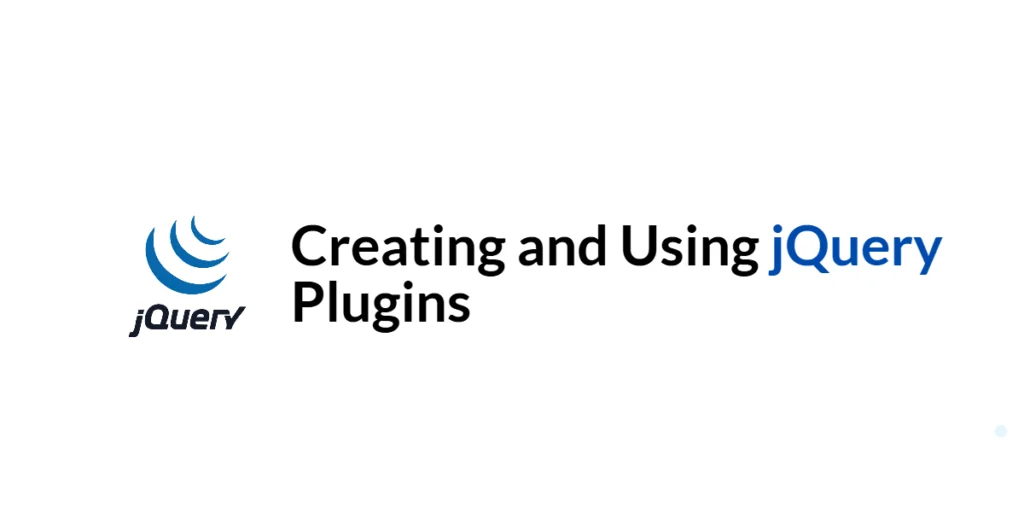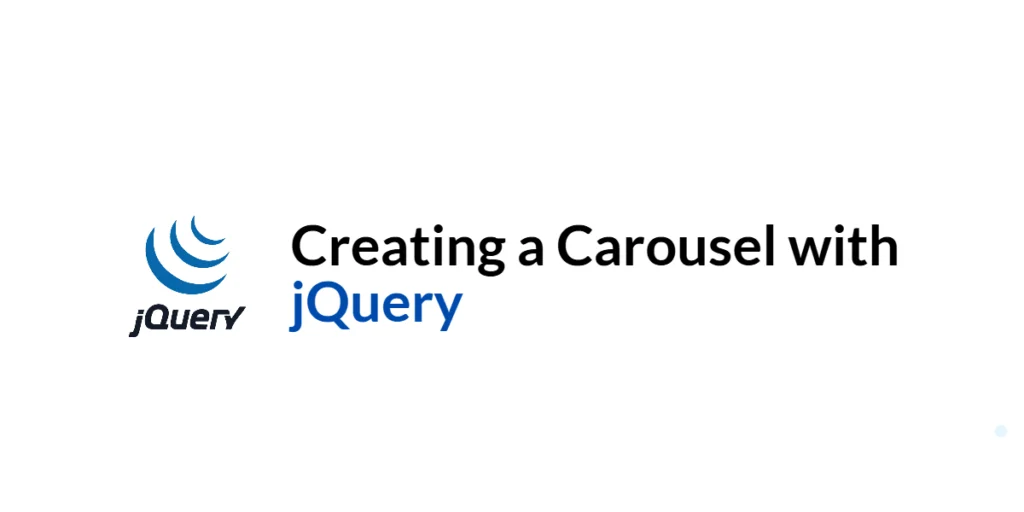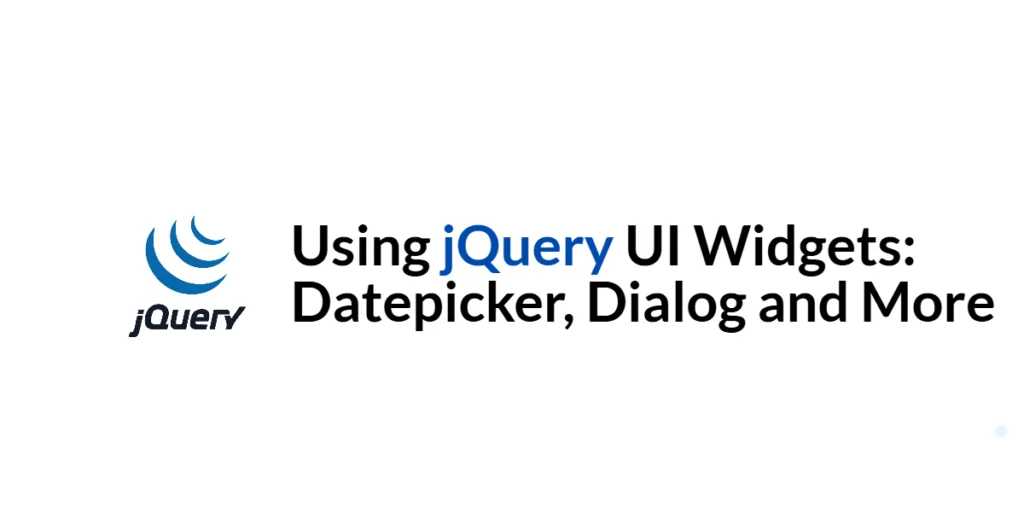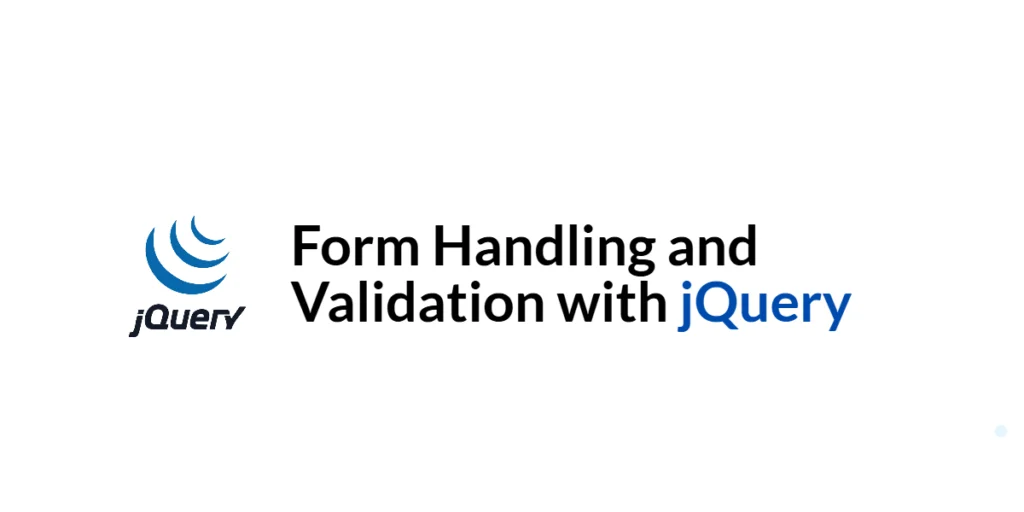Debugging jQuery Code: Tips and Tools
Debugging jQuery code is a critical skill for web developers, as it helps identify and fix issues that can affect the functionality and performance of web applications. Effective debugging techniques and tools can save time and effort, making the development process smoother and more efficient. With the right approach, you can quickly locate and resolve […]
Debugging jQuery Code: Tips and Tools Read More »

